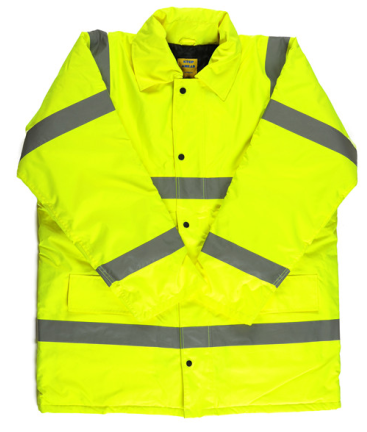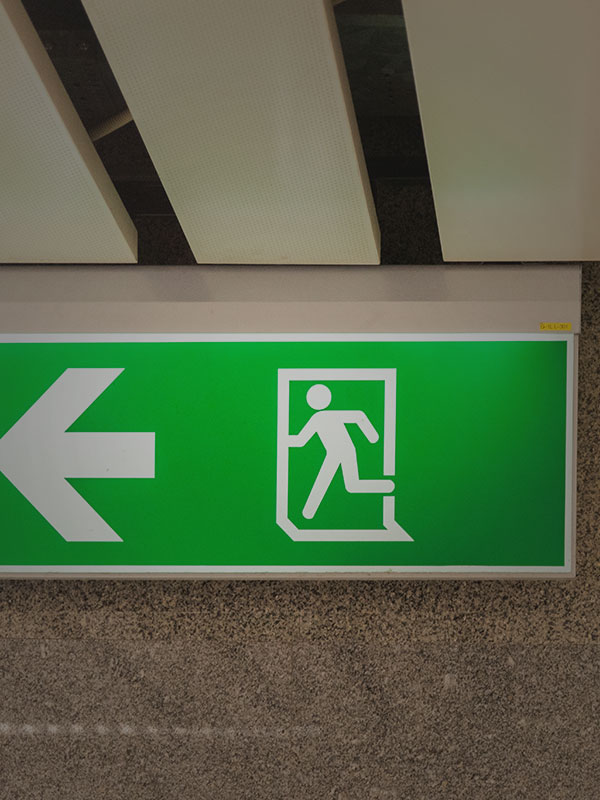About OSHA standard
 Dec 31, 2013|
Dec 31, 2013| View:721
View:721The Occupational Safety and Health Act of 1970 imposes two basic duties on employers: to obey OSHA's standards and, if none applies, to obey the General Duty Clause, which requires feasible steps against serious "recognized" hazards. As to flaggers at road construction sites, an OSHA standard (29 C.F.R. [section] 1926.201(a)) incorporates by reference the provisions on "warning garments" of the 2000 edition of the Manual on Uniform Traffic Control Devices of the Federal Highway Administration (FHWA), often known as the 2000 MUTCD. Section 6E.02 of the 2000 MUTCD requires high-visibility clothing only for "flaggers." As to non-flaggers, no generally applicable OSHA standard requires them to wear reflective clothing. Indeed, [section] 6D.02 of the 2000 MUTCD states only that "workers close t o the motor vehicle traveled[-]way should wear bright, highly-visible clothing." (Emphasis added.) OSHA's own regulation ([section] 1910.32(r)) defines "should" as meaning only "recommended."












View More(Total0)Comment lists